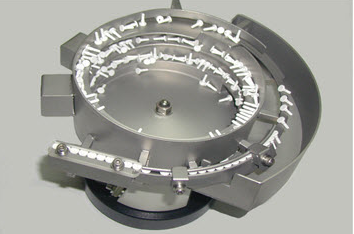Vibratory feeders play a crucial role in industrial bulk material handling activities. They perform the important task of sorting/feeding a variety of products from hoppers, bins and silos to industrial production or packaging lines. These automation machines help streamline production lines, thus minimizing production time and reducing labor cost.
Vibratory feeders are generally put in operation continuously for hours. They are designed to withstand these unremitting operations, and user abuse. However, at times they will come to a sudden stop, which will in turn lead to costly down times. Most times, these sudden failures are due to some minor problems, which an experienced operator can only rectify.
Troubleshooting Tips
The personnel responsible for operating vibratory feeders must be aware of general troubleshooting tips. Usually, user manual provided with the vibratory unit will have a section pertaining to its troubleshooting. For example:
Look at any user manual of vibratory feeders, you will find something as follows:
1) Problem
The Bowl Does not Vibrate
- Solutions
o Check the power supply
o Check if the cord from the feeder to the electric panel is damaged or unplugged
o Check if the lead wire is unplugged at the coil
o Check if any foreign particle is clogged between the coil and striker plate
o Check if any fastener or other hardware is broken, or cracked
o Check the alignment of vibratory bowl on the drive
2) Problem
Insufficient or Poor Bowl Vibration
- Solutions
o Check if the base plate is mounted properly
o Check for fluctuating voltage
o Check if the parts are warped, have burs or oil, which prevent them from moving properly.
o Check if there are any broken welds on the bowl.
o Check if any springs in the drive unit is damaged or cracked.
Like the aforementioned tips, there are several other troubleshooting techniques you can execute in case of failure. Give it a try at your end before taking the unit for costly repairs. However, when performing troubleshooting, ensure to follow the guidelines provided in the user manual as it is. Allow only the person who is experienced and having sound knowledge to perform the troubleshooting task. You can also speak to your manufacturer in case you encounter any problems while performing troubleshooting. Clear your doubts and then proceed with the process.

